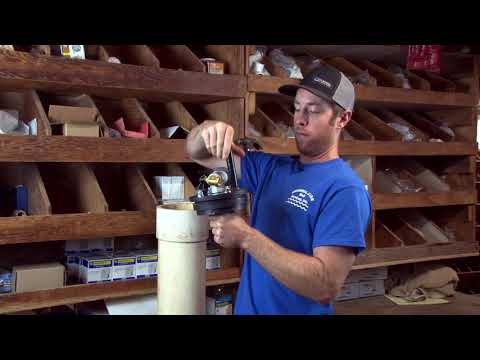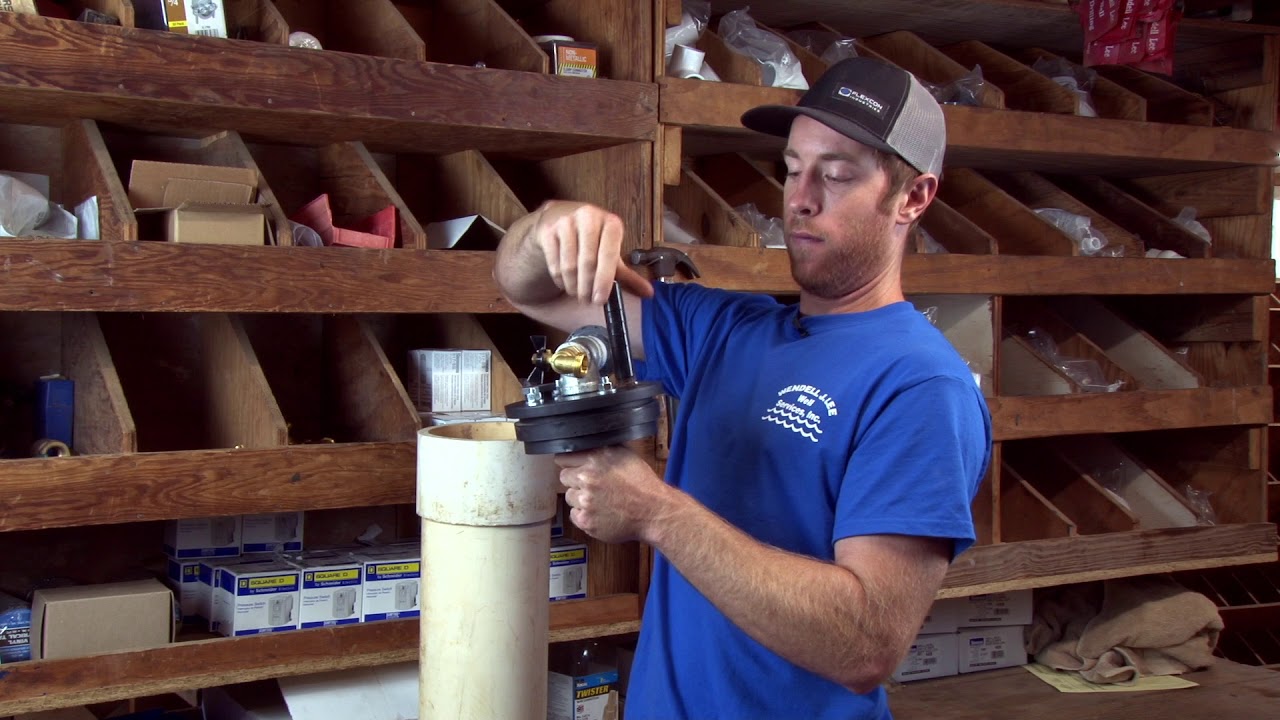Discover effective solutions for dealing with an overflowing well cap, preventing potential hazards and ensuring the safety of your water supply. An overflowing well cap can be a frustrating and worrisome issue that demands immediate attention. Whether caused by heavy rainfall, a malfunctioning pump, or other factors, this situation can lead to contamination, damage, and even health risks if not addressed promptly. However, fear not, as there are several strategies to tackle this issue and restore normal functioning to your well system. First and foremost, it is crucial to assess the cause and extent of the overflow. Professional guidance is highly recommended to accurately diagnose the problem and determine the most appropriate course of action. From repairing or replacing the well cap to adjusting the water level or upgrading the pump system, experts can provide tailored solutions based on your unique circumstances. Additionally, implementing preventative measures such as installing a backflow preventer or a drainage system can help mitigate future risks. By taking immediate action and seeking expert advice, you can effectively safeguard your well and maintain a reliable water supply for your household. Trustworthy professionals are available to guide you through the process, ensuring the long-term functionality and safety of your well system.

What to Do with an Overflowing Well Cap
| Action | Description |
|---|---|
| 1. Inspect the Cap | Check for any visible damage or blockages on the well cap. Ensure it is properly sealed and securely fastened. |
| 2. Clear Debris | Remove any debris, such as leaves, dirt, or small rocks, that may be obstructing the cap or the vent openings. |
| 3. Check Water Level | Determine if the well water level is higher than usual. This could indicate a problem with the pump or a rise in groundwater levels. |
| 4. Verify Plumbing System | Inspect the plumbing system connected to the well. Ensure there are no clogs, leaks, or malfunctioning components that could cause overflow. |
| 5. Call a Professional | If the issue persists or you are uncertain about how to proceed, contact a licensed well contractor or a professional plumber experienced in well systems. |
| 6. Document and Report | Take notes of any observations, actions taken, and changes in the well’s behavior. Report the situation to the appropriate authorities if necessary. |
| 7. Regular Maintenance | Prevent future issues by scheduling routine well maintenance, including inspecting the cap, cleaning the surrounding area, and checking for any signs of deterioration. |
Sealing the Source: Unveiling the Functionality of Well Seals and Caps
What to Do with an Overflowing Well Cap
A well cap is an essential component of a water well that provides protection and prevents contaminants from entering the well. However, in some cases, well caps may become overwhelmed due to heavy rainfall or improper installation, leading to an overflow of water. When this happens, it is crucial to take immediate action to prevent any potential damage or contamination. In this article, we will discuss five compelling steps to take when dealing with an overflowing well cap.
1. Assess the Situation
The first step in addressing an overflowing well cap is to assess the situation carefully. Observe the amount of water flowing out of the cap and take note of any unusual smells. It is essential to ensure your safety during this assessment. If you observe any signs of potential danger, such as electrical hazards or structural damage, it is crucial to contact a professional immediately.
2. Shut Off the Power
As a safety precaution, it is important to shut off the power supply to the well system. This will prevent any potential electrical hazards that may arise from the overflowing water. Locate the main electrical switch or breaker that controls the well pump and turn it off. If you are unsure about the location or how to shut off the power, it is advisable to seek assistance from a qualified electrician.
3. Contact a Professional
Once you have assessed the situation and shut off the power, it is crucial to contact a professional well service provider. These experts have the knowledge, experience, and equipment necessary to address the overflowing well cap effectively. They will assess the root cause of the issue and provide appropriate solutions to prevent further damage or contamination.
4. Safeguard Your Water Supply
During the time it takes for the professional to arrive and resolve the overflowing well cap issue, it is important to safeguard your water supply. Avoid using water from the affected well for drinking, cooking, or any other household purposes. Instead, rely on bottled water or an alternative water source. It is better to be cautious and ensure your health and safety.
In addition, it is advisable to avoid excessive water usage until the issue is resolved. This will help prevent further overflow and potential damage to your property. Consider minimizing activities that require a significant amount of water, such as laundry or watering the garden, until the problem is resolved.
5. Prevent Future Overflow
Once the overflowing well cap has been addressed, it is important to take steps to prevent future occurrences. Here are a few preventive measures:
a. Regular Maintenance: Schedule regular maintenance checks with a professional well service provider to ensure the well cap and system are in good working condition.
b. Proper Installation: Ensure your well cap is correctly installed to prevent water from entering and overflowing. If you suspect an improper installation, consult a professional to rectify the issue.
c. Monitor Rainfall: Be aware of heavy rainfall in your area and take necessary precautions to prevent overflow. Consider installing a rain gauge or consulting local weather forecasts to stay informed.
d. Install a Sump Pump: In some cases, installing a sump pump can help alleviate water overflow issues. Consult a professional to determine if this is a suitable solution for your well system.
By following these steps and taking appropriate action, you can effectively address an overflowing well cap and prevent any potential damage or contamination. Remember, it is crucial to prioritize your safety and consult professionals when needed. Safeguarding your water supply is of utmost importance to ensure the well-being of you and your family.
What to do with an overflowing well cap:
Frequently Asked Questions
What should I do if my well cap is overflowing?
1. Turn off the power: If your well has an electric pump, turn off the power to the pump to avoid any electrical hazards.
2. Call a professional: Contact a licensed well contractor or plumber who specializes in well systems. They will have the expertise and tools to diagnose and fix the issue.
3. Check for leaks: While you wait for the professional to arrive, inspect the area around the well cap for any signs of leakage. If you notice any water pooling or dampness, it could indicate a leak in the system.
4. Avoid using water: Until the issue is resolved, it is best to avoid using any water from the well to prevent further contamination.
5. Follow the professional’s advice: Once the expert arrives, follow their guidance and recommendations for repairs or maintenance to ensure the problem is resolved effectively and safely.

